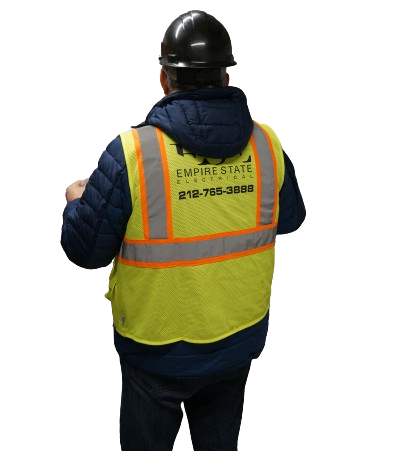Electrical emergencies can be sudden and alarming, but knowing how to respond can significantly reduce the risk of injury and damage. Whether it’s a power outage, a fire, or an electric shock, being prepared is crucial. Here’s a comprehensive guide on what to do in an electrical emergency to keep you and your loved ones safe.
1. Power Outages
Immediate Actions
- Stay Calm: Power outages are usually temporary and can occur for various reasons, including storms or issues with the power grid.
- Check the Source: Determine if the outage is localized to your home or affecting the entire neighborhood by looking outside or checking with neighbors.
- Unplug Devices: To prevent damage from power surges when the electricity returns, unplug electronic devices and appliances.
- Use Flashlights: Avoid using candles to prevent the risk of fire. Use battery-operated flashlights instead.
Long-term Considerations
- Emergency Kit: Keep an emergency kit with batteries, a flashlight, a first aid kit, and non-perishable food.
- Generator: Consider investing in a generator to provide power during extended outages.
2. Electrical Fires
Immediate Actions
- Don’t Use Water: Water conducts electricity and can worsen the fire. Instead, use a Class C fire extinguisher designed for electrical fires.
- Cut the Power: If safe to do so, turn off the power at the circuit breaker or fuse box to stop the flow of electricity.
- Evacuate and Call 911: Evacuate the premises and call emergency services immediately. Do not attempt to fight a large fire on your own.
Preventative Measures
- Regular Inspections: Have your electrical system inspected regularly by a professional to identify and fix potential hazards.
- Avoid Overloading Outlets: Do not overload electrical outlets or use damaged cords.
3. Electric Shocks
Immediate Actions
- Do Not Touch: Do not touch the person receiving the shock with your bare hands as you could also get shocked. Instead, use a non-conductive object like a wooden broomstick to separate the person from the electrical source.
- Turn Off Power: If possible, turn off the power source. This could be the circuit breaker or the device causing the shock.
- Call for Help: Call 911 immediately and provide first aid if you are trained to do so. If the person is unconscious or has stopped breathing, perform CPR if you are certified.
Aftercare
- Medical Attention: Seek medical attention even if the person appears to be fine, as internal injuries may not be immediately apparent.
4. Downed Power Lines
Immediate Actions
- Stay Away: Keep at least 30 feet away from downed power lines as they may still be live and dangerous.
- Do Not Touch: Do not touch any objects or people in contact with the power line.
- Call 911: Report the downed power line to emergency services and your utility company.
Safety Tips
- Stay Inside: During storms or high winds, stay indoors to avoid the risk of downed power lines.
- Educate Others: Teach children and community members about the dangers of downed power lines.
Conclusion
Being prepared for electrical emergencies can save lives and prevent property damage. Always prioritize safety by knowing the right steps to take and keeping emergency contact numbers handy. Regular maintenance and cautious practices can help minimize the risk of electrical emergencies in your home.
Remember, when in doubt, always call for professional help. It’s better to be safe than sorry.
Stay safe!


